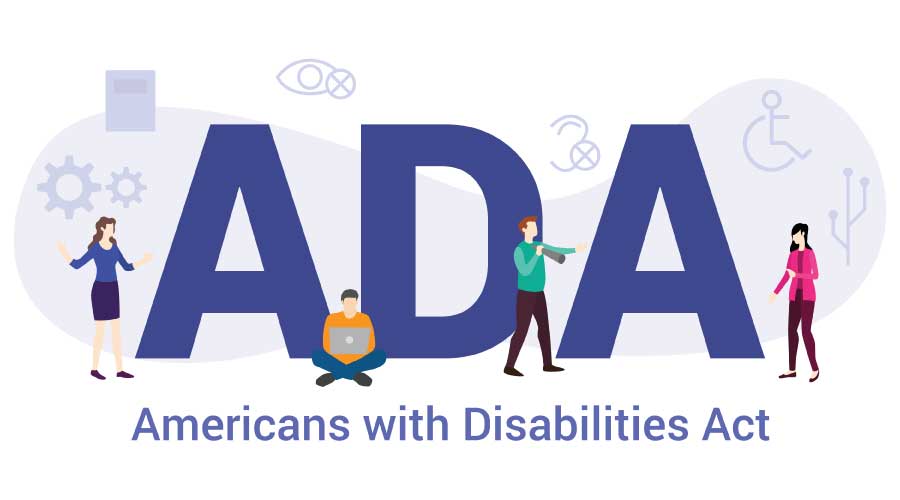ADA: Common Sense and Compliance
July 26th marked the 23rd anniversary of the signing of the Americans with Disabilities Act (ADA), the most far-reaching federal civil rights law affecting individuals with disabilities in the history of the United States. The anniversary provides an opportunity to consider a few recent landmark dates related to ADA and accessibility in facilities.
The first landmark date is July 26, 2010. That was the 20th anniversary of the signing of the ADA. On that date, the U.S. Department of Justice announced it would start the process of adopting the 2010 ADA Standards for Accessible Design as the revised enforceable standards.
The next landmark date is March 15, 2012. As of this date, institutional and commercial facilities were to have performed all barrier removal, alterations, renovations and new construction using the 2010 ADA standards.
The last date is Aug. 1, 2013. As of this date, it has been 23 years since the enactment of the ADA. Twenty-three years should be a long enough period of time to enable all facilities in today's environment to become compliant with the ADA Standards for Accessible Design. So, are all such facilities compliant with the ADA standards? The answer, of course, is a resounding "No."
Roadblocks To Accessibility
After all that time, how can that be? How can some facilities still not be compliant? Maintenance and engineering managers and building owners often fall back on four misconceptions in seeking to justify their facilities' non-compliance:
Cost. They fear that compliance with accessibility guidelines will be too costly. This is not true. And while compliance is not necessarily expensive, non-compliance almost certainly could be.
Grandfathering. They believe their existing buildings were grandfathered. In fact, no buildings were grandfathered under ADA. As of Jan. 26, 1992, all existing facilities were to begin the process of "readily achievable barrier removal," meaning that everyone was to review their facilities, identify barriers that could be removed, and begin that process. As renovations, alterations or new construction commenced, these all were to comply with the ADA Standards. The premise or intent of the regulations was that over the course of time, all facilities eventually would comply with the accessibility requirements.
Changes. Some managers believe that because they have not performed any major work on their facilities, they do not need to worry about ADA compliance. But unlike building codes, ADA standards cover all facilities, regardless of when designed or constructed, and renovations, alterations or new construction do not trigger compliance requirements.
Complaints. Some managers wait until they receive a complaint about accessibility before taking steps toward compliance. Or they believe a lack of complaints means their facilities are compliant. But the arrival of a complaint means managers lose control of the barrier-removal process. Once a complaint arrives, the courts or the U.S. Department of Justice will dictate steps that must be taken to remove barriers to accessibility, as well as their timing, and they will not consider financial constraints.
Related Topics:











